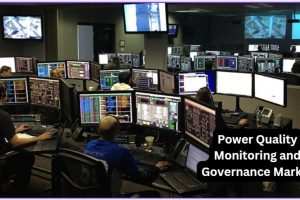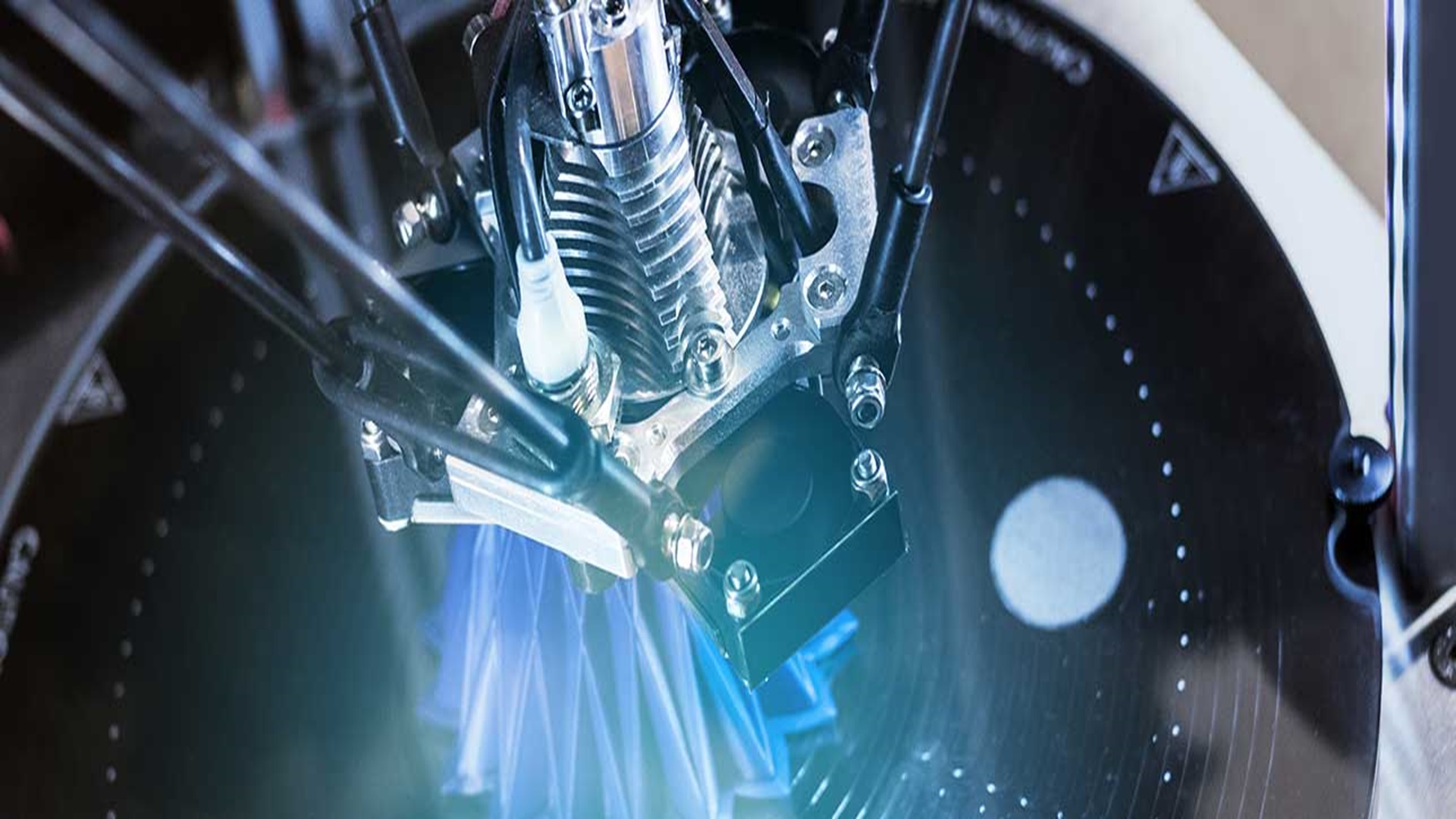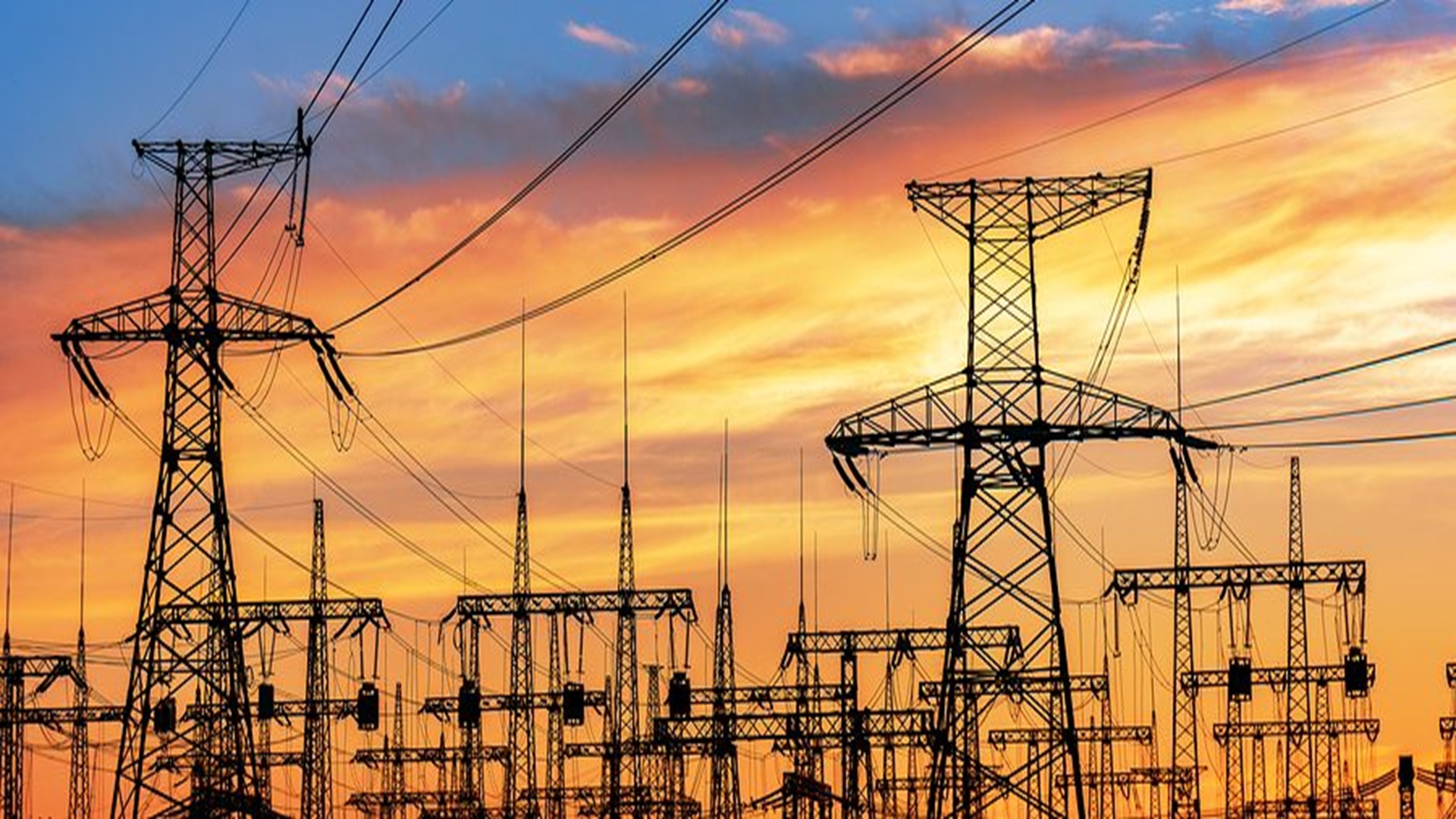The military sensor market is set to grow with a CAGR of 4.5% during the forecast period.
Market Insights
The global market for military sensors is driven by the development of a wearable sensor for military applications. Wearable sensors are integrated into wearable devices to keep track of soldiers’ health, fitness, and location data. These sensors are gaining a lot of traction and deployment, as the sensors reduce the system maintenance costs. In addition, wireless technology offers the possibility of replacing the connected devices at no additional cost. In addition, the integration of IoT devices into military applications also serves as a key driver of market growth.
Based on application, the military sensors market was dominated by intelligence & reconnaissance application which accounted for more than 35% share in the global market. The growth of the market is attributed to the large scale adoption of the UAVs for the intelligence and reconnaissance application. On the other hand, electronic warfare is estimated to grow substantially during the forecast period. The growth of the market is attributed to the integration of advance MEMS and IoT sensor for the defense application.
Get Sample Copy With Covid19 Impact Analysis: https://www.credenceresearch.com/sample-request/60013
Based on the region, North America had a market share of 38% of the total revenue generated in 2018. The growth of the market is attributed to the fact that the United States has the highest defence budget in the world. Asia Pacific is projected to grow by more than 5.5 per cent in the CAGR during the forecast period. The growth of the market is driven by an increasing government focus on enhancing its defensive capabilities around the globe. In addition, the growing semiconductor industry in the region is also a major driver of market growth.
Prominent vendors in the military sensor market are BAE Systems PLC, Curtiss-Wright Corporation, Esterline Technologies Corporation, Honeywell International Inc, Kongsberg Gruppen ASA, Raytheon Company, TE Connectivity Ltd, and Thales Group.
Airborne Platform is Estimated to Grow Significantly During the Forecast Period
The military sensor market is categorised as airborne, land, naval, ammunition and space based on the platform. The land segment accounted for more than 40% of the total market share of military sensors in 2018. The growth of the market is attributed to the large-scale adoption of sensors between armoured vehicles and combat support vehicles. On the other hand, the airborne platform is estimated to grow significantly during the forecast period due to the increasing adoption of UAVs for defence applications.
North America is Leading the Military Sensor Market
North America led the military sensor market with 38% share in the revenue in 2018. The growth of the market is attributed to the fact that U.S. has the highest defense budget worldwide. In the financial year 2019, the military budget of the U.S. was approximately US$ 680 bn. Furthermore, the increasing adoption of the UAVs in the region is also supporting the growth of the market. Additionally, the presence of the major players in the region is acting as a major driver for the growth of the market.
Browse the full report at https://www.credenceresearch.com/report/military-sensor-market
ToC:
Chapter 1 Preface
1.1 Report Scope and Description
1.1.1 Study Purpose
1.1.2 Target Audience
1.1.3 USP and Key Offerings
1.2 Research Scope
1.3 Research Methodology
1.3.1 Phase I – Secondary Research
1.3.2 Phase II – Primary Research
1.3.3 Approach Adopted
1.3.4 Top-Down Approach
1.3.5 Bottom-Up Approach
1.3.6 Phase III – Expert Panel Review
1.3.7 Assumptions
1.4 Market Segmentation
Chapter 2 Executive Summary
2.1 Market Snapshot: Global MS Market
2.1.1 Global MS Market, by Type, 2018 (US$ Mn)
2.1.2 Global MS Market, by Platform, 2018 (US$ Mn)
2.1.3 Global MS Market, by Application, 2018 (US$ Mn)
2.1.4 Global MS Market, by Geography, 2018 (US$ Mn)
Chapter 3 Market Dynamics
3.1 Introduction
3.2 Market Dynamics
3.2.1 Market Drivers
3.2.2 Market Restraint
3.3 Attractive Investment Proposition, by Geography, 2018
3.4 Market Positioning of Key MS Vendors, 2018
Chapter 4 Global Military Sensor (MS) Market, By Type
……………..
Chapter 5 Global Military Sensor (MS) Market, by Platform
5.1 Overview
5.1.1 Global MS Market Value Share, by Platform, 2018 & 2027 (Value, %)
5.2 Airborne
5.2.1 Global MS Market Value from Airborne, 2017 – 2027(US$ Mn)
5.3 Land
5.3.1 Global MS Market Value from Land, 2017 – 2027(US$ Mn)
5.4 Munition
5.4.1 Global MS Market Value from Munition, 2017 – 2027(US$ Mn)
5.5 Naval
5.5.1 Global MS Market Value from Naval, 2017 – 2027(US$ Mn)
5.6 Space
5.6.1 Global MS Market Value from Space, 2017 – 2027(US$ Mn)
Chapter 6 Global Military Sensor (MS) Market, by Application
………
Chapter 7 North America Military Sensor (MS) Market Analysis, 2017 – 2027 (US$ Mn)
………..
Chapter 8 Europe Military Sensor (MS) Market Analysis, 2017 – 2027 (US$ Mn)
…………….
Chapter 9 Asia Pacific Military Sensor (MS) Market Analysis, 2017 – 2027 (US$ Mn)
………………
Chapter 10 Rest of the World (RoW) Military Sensor (MS) Market Analysis, 2017 – 2027 (US$ Mn)
………………………
Chapter 11 Company Profiles
11.1 BAE Systems
11.2 Curtiss-Wright Corporation
11.3 Esterline Technologies
11.4 Honeywell International Inc.
11.5 Kongsberg Gruppen ASA
11.6 Raytheon Company
11.7 TE Connectivity
11.8 Thales Group
Get Sample Copy With Covid19 Impact Analysis: https://www.credenceresearch.com/sample-request/60013








